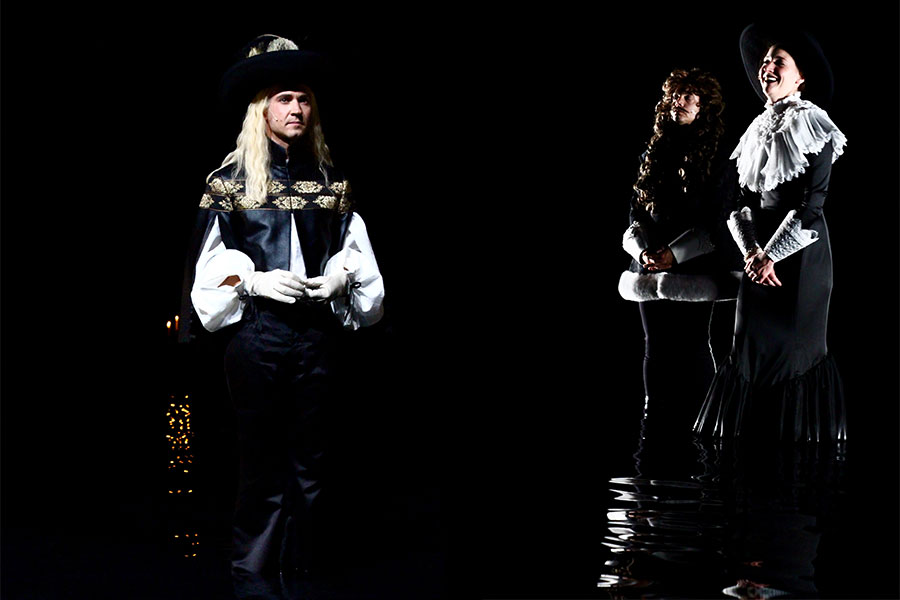

Just as he is about to be captured and defeated, he slips away, to furnish another tale. Like most great comic figures, the trickster embodies a kind of secular eternity-being unruly life itself, he is as unkillable as the Devil. Till was likely as ambiguous as the culture required: a dangerous vagrant, a folk hero, a journeyman magician, a bawdy circus performer, a jester and prankster who, like the Shakespearean Fool, recklessly needled those in power into looking honestly at themselves. Since the trickster is culture’s ultimate shape-shifting, boundary-crossing figure, “there will be some sort of representative wherever humans invent boundaries, which is to say, everywhere.” Hyde refers in passing to one of Europe’s most notorious tricksters, Till Eulenspiegel, who enters folk literature in the early sixteenth century but is supposed to have flourished earlier, in the fourteenth, crossing back and forth like a picaresque hero across his native Germany, the Netherlands, and Bohemia.

A list of history’s mythic tricksters, Lewis Hyde says in his book “ Trickster Makes This World” (1998), would be endless.


 0 kommentar(er)
0 kommentar(er)
